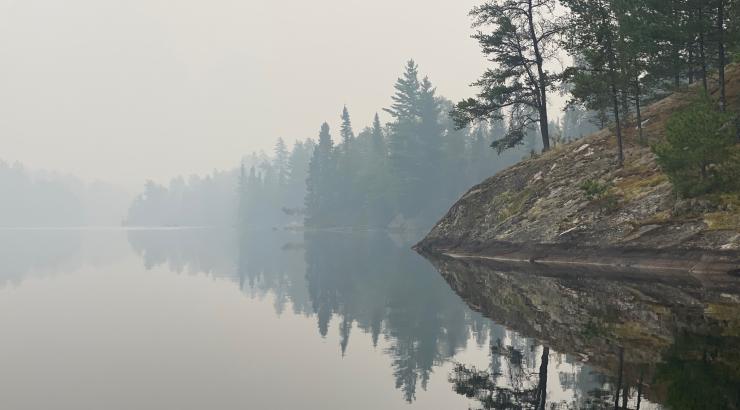
The Boundary Waters has been named to the 2021 Most Endangered Rivers by the national group American Rivers because of the grave threat posed by copper mining. American Rivers, along with groups in the Campaign to Save the Boundary Waters, are calling on the Biden administration to permanently protect the Boundary Waters from sulfide-ore copper mining by issuing a federal mineral withdrawal, and urging Congress to pass legislation to forever protect this national treasure.
American Rivers has listed the Boundary Waters and the Kawishiwi River which flows into and through the heart of the Wilderness, on their Most Endangered Report twice before - first in 2013 and in 2018, because of the urgency of this threat and the importance of public policy decisions being made by government agencies and officials about the fate of this iconic and beloved Wilderness.
The Boundary Waters Canoe Area Wilderness encompasses 1,200 miles of rivers and streams and more than 1,000 lakes. As the most visited Wilderness area in America, it is a major driver of the local economy. Copper mining and associated acid mine drainage, loss of habitat, forest fragmentation, invasive species, and air, noise and light pollution would devastate this fragile ecosystem and the Wilderness’ unique values.
“The America’s Most Endangered Rivers report is a call to action to save rivers facing urgent decisions,” said Jessie Thomas-Blate with American Rivers. “Sulfide-ore copper mining pollution poses an unacceptable risk to the clean rivers, streams and lakes of the Boundary Waters, and this is the year we must finally stop these mining proposals once and for all.”
"The Boundary Waters is America's most popular Wilderness, a vibrant and fragile ecosystem, and a cornerstone of a local economy that sustains thousands of livelihoods," said Tom Landwehr, Executive Director of the Campaign to Save the Boundary Waters. "It needs to be permanently protected from the threat of sulfide-ore copper mining."
The annual America’s Most Endangered Rivers report is a list of rivers at a crossroads, where key decisions in the coming months will determine the rivers’ fates. Over the years, the report has helped spur many successes including the removal of outdated dams, the protection of rivers with Wild and Scenic designations, and the prevention of harmful development and pollution.
MORE RESOURCES:



